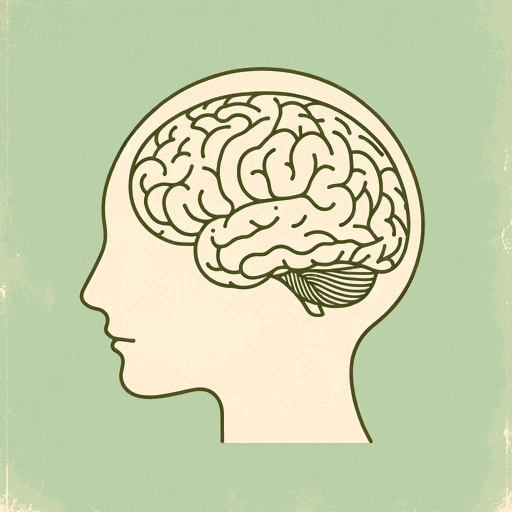62 pages • 2 hours read
Frances E. Jensen, Amy Ellis NuttThe Teenage Brain: A Neuroscientist's Survival Guide to Raising Adolescents and Young Adults
Nonfiction | Book | Adult | Published in 2014A modern alternative to SparkNotes and CliffsNotes, SuperSummary offers high-quality Study Guides with detailed chapter summaries and analysis of major themes, characters, and more.
Chapters 11-13Chapter Summaries & Analyses
Chapter 11 Summary: “Stress”
Content Warning: The following chapters contain references to suicidal ideation and drug and alcohol addiction.
Experiencing extreme emotions is an integral part of being an adolescent. However, teens are also often reluctant to talk about their feelings. Jensen points out that this can make it difficult for parents to discern when their offspring are struggling to cope with stress.
The author asserts that teenagers suffer more from stress than adults due to their highly sensitive stress-response systems. She explains that the prefrontal lobes, hippocampus, and amygdala regulate stress in the brain. During stressful events, the amygdala produces hormones, prompting the release of adrenaline by the adrenal glands. In adults, emotions like fear and anger are moderated by the prefrontal lobes. However, in teenagers, lack of neural connectivity to the frontal lobes means their brains often overreact to potential threats. The release of the neurochemical cortisol (found to be particularly high in adolescent girls) adds to this extreme response. While the brains of adults return to normal relatively quickly, adolescents take longer to recover from a stressful event.
Jensen points out that there are many stressors in adolescents’ lives.


